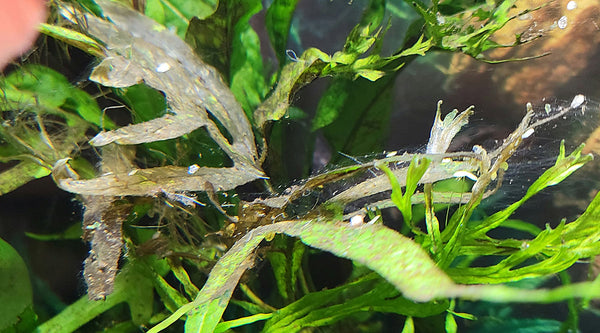Hi All,
I'm new here and new to aquariums. I was hoping to ask if anyone could please help me how to cycle my new tank. I have read numerous forums, and online information, and all I have found is conflicting information. Which has lead to a lot of confusion.
A little background, I have recently purchased a Juwel Lido 120L LED tank. My hope is to set up a heavily planted low tech tank. Once that has established I would like to introduce a handful of different tropical fish (tetras, guppies and maybe something else), and shrimp. For my substrate I have purchased ADA Amazonia Version 2 aquasoil. I also have a large piece of driftwood and some rocks to add to my tank.
Whilst at my LFS I was advised to cycle with just my hardscape, and add in beneficial bacteria. This I was told could take up to 4 weeks, but could be longer depending on how much ammonia the aquasoil releases. This information conflicts with a lot of what I have read online, which often recommends to heavily plant (~70%) at the beginning. I have also recently come across the dark start method, which is suggested to be a safer method with less risk of plants melting. I really don't know which method to use, and how to go with implementing that i.e. I have not been able to find step by step instructions.
If anyone could offer any advice, I would greatly appreciate it.
Apologies for any bad formatting, I'm on a mobile.
Thanks,
Aly
I'm new here and new to aquariums. I was hoping to ask if anyone could please help me how to cycle my new tank. I have read numerous forums, and online information, and all I have found is conflicting information. Which has lead to a lot of confusion.
A little background, I have recently purchased a Juwel Lido 120L LED tank. My hope is to set up a heavily planted low tech tank. Once that has established I would like to introduce a handful of different tropical fish (tetras, guppies and maybe something else), and shrimp. For my substrate I have purchased ADA Amazonia Version 2 aquasoil. I also have a large piece of driftwood and some rocks to add to my tank.
Whilst at my LFS I was advised to cycle with just my hardscape, and add in beneficial bacteria. This I was told could take up to 4 weeks, but could be longer depending on how much ammonia the aquasoil releases. This information conflicts with a lot of what I have read online, which often recommends to heavily plant (~70%) at the beginning. I have also recently come across the dark start method, which is suggested to be a safer method with less risk of plants melting. I really don't know which method to use, and how to go with implementing that i.e. I have not been able to find step by step instructions.
If anyone could offer any advice, I would greatly appreciate it.
Apologies for any bad formatting, I'm on a mobile.
Thanks,
Aly


